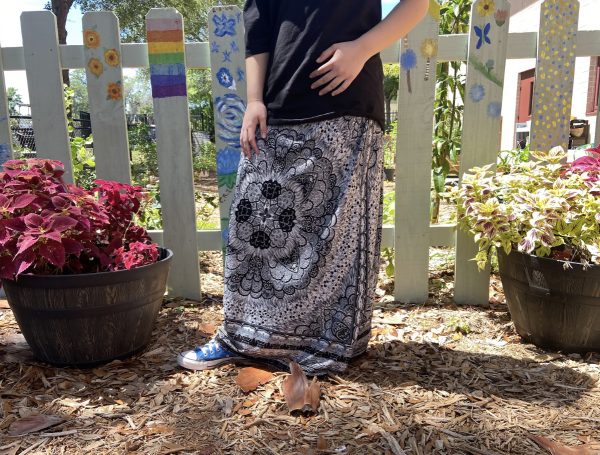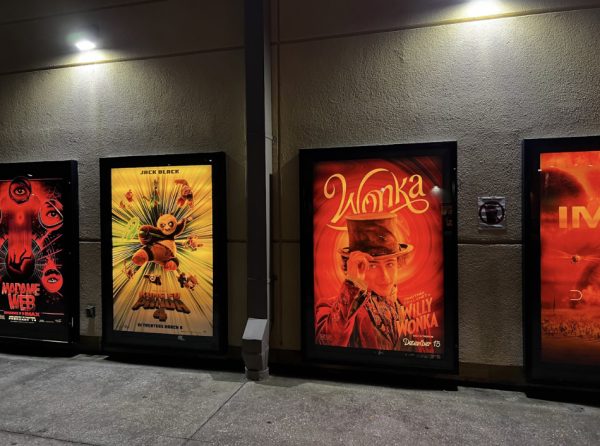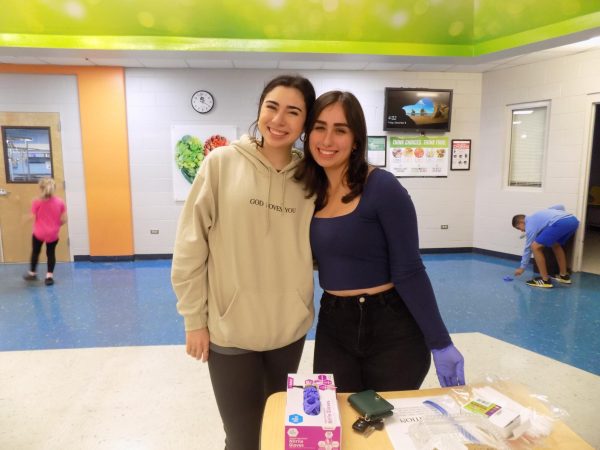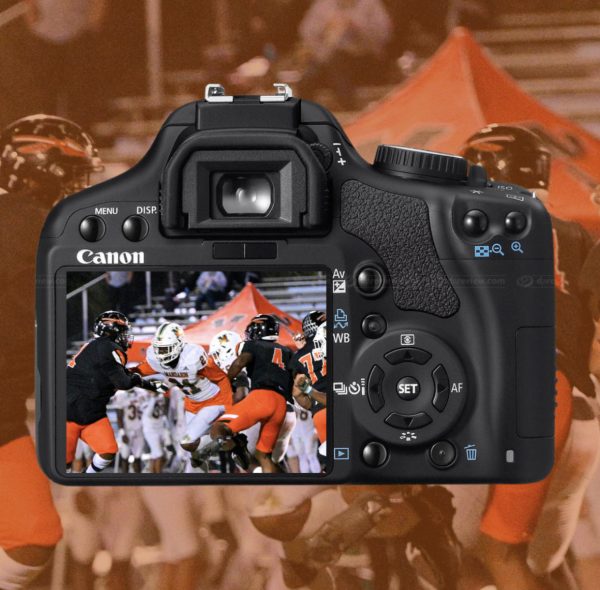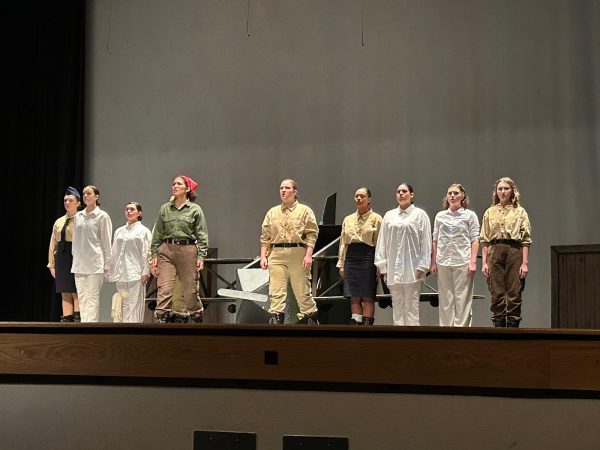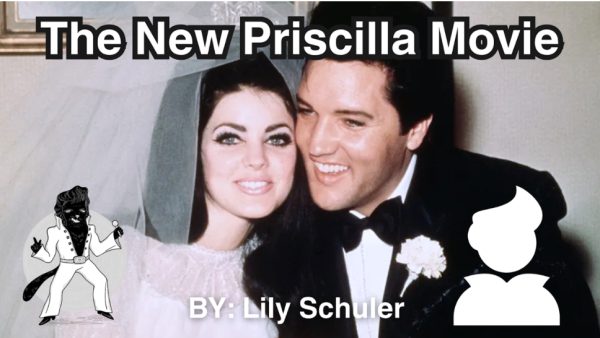HISTORY OF MIDWAY
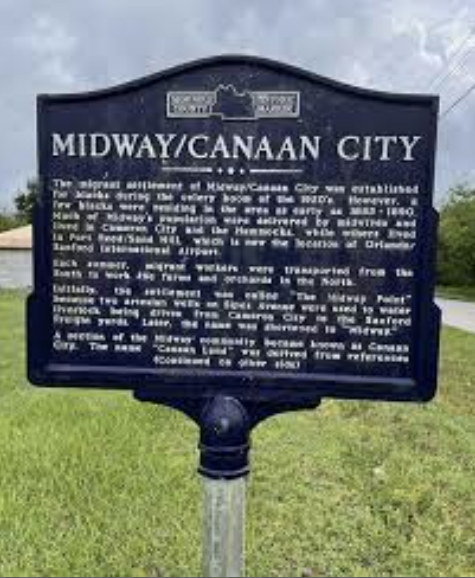
Read more from Reporter Christiana Jones to find out about the rich history of Midway.
March 1, 2023
Midway is a small community of Sanford residents in northern Seminole country. It was established as a community for black people who migrated here to work in the celery fields in the 1920s. It’s an area full of rich history that shaped and defined Seminole County, which is why it is so important to be acknowledged and shared.
Midway is also called Canaan City, a section that was joined together with Midway after the “Canaan Land” referenced in the bible. The Canaan land is also known as the Promised land, as the bible states being the land promised to Israelites by God. The name Midway is the shortened version of its initial name “The Midway Point” because it was the middle point between two wells located on Sipes Avenue, used to drink from and water livestock.
The first thing important to know is the development of the city of Sanford. The area of Seminole county began as the Fort Mellon military base used during the Seminole Wars of the 1830s. This area developed as Mellonville, which became a cultural center of central Florida due to its location by the waterfront and the invention of steamboats. Those two things allow it to be a distribution point for important goods across central Florida. Later in 1870, Henry Shelton Sandford bought a ton of land west of Mellonville, which he planned to develop a city that he envisioned would be a transportation hub for all of south Florida. In 1877, the city of Sanford was incorporated and in the following years many railroads would be built, as well as a large hotel encouraging people to migrate here. One of his biggest investments into Sanford was in Belair: a citrus groove. After Belair, many citrus groves were planted all across Florida in the 1880s.
During this time, many workers migrated to new fields in the south, establishing new settlements. Midway was established in the 1920s as a community for black people due to segregation. Sanford was once the largest vegetable producer in the U.S. due to many folks who lived in communities like Midway.
Before this boom of migration though, many black people already lived in the area; they lived in a section called the quarters, which were small wooden shotgun homes. In 1906, Mille Morgan, a graduate of Shaw University, started a private school in her home on Midway Avenue. The school was burned down, but many elders say they know why but it’s a tight-locked secret. The school was rebuilt as Midway Elementary School of Arts on Jitway Avenue, which recently was moved again to Brisson Avenue, next to Millennium Middle School. The building on Jitway is now a community center that hosts an array of events.
Senior Resident Inez Howell, who used to live across from the school, recalls when the school on Jitway ave. was developed. Howell states: “Before, there used to be this little red school, down Midway (Avenue)… Then that school over there (on Jitway Avenue) was a wooden school, then they tore it down and turned it into what it is now.”
Much of the population today are folks who lived there for generations, or from nearby towns. A lot of people moved there from Fort Reid and Sand Hill, areas that were predominantly black-owned. But in the 1940s many people’s land was forced away by the military to build the Sanford Naval Air Station, which later became the Orlando-Sanford Regional Airport. Due to segregation, for many, the best choice was to move to Midway.
In the modern day, Midway hosts a ton of achievements and growth. Howell says, “Biggest changes… I know that farmwork went out, some started to do things like teacher aid, electronics, business…there are no more dirt roads and ditches that get all muddy, it’s all paved now.”
Midway was also home to many civil rights activists, such as Earl E. Williams who was leader of the seminole branch of the National Association for the Advancement of Colored People (NAACP). The first black graduate from the University of Florida law school, the first black person elected to a city government, multiple professional sports players, a Lieutenant Commander of the U.S Navy, and many more talented people all originate from Midway.
























